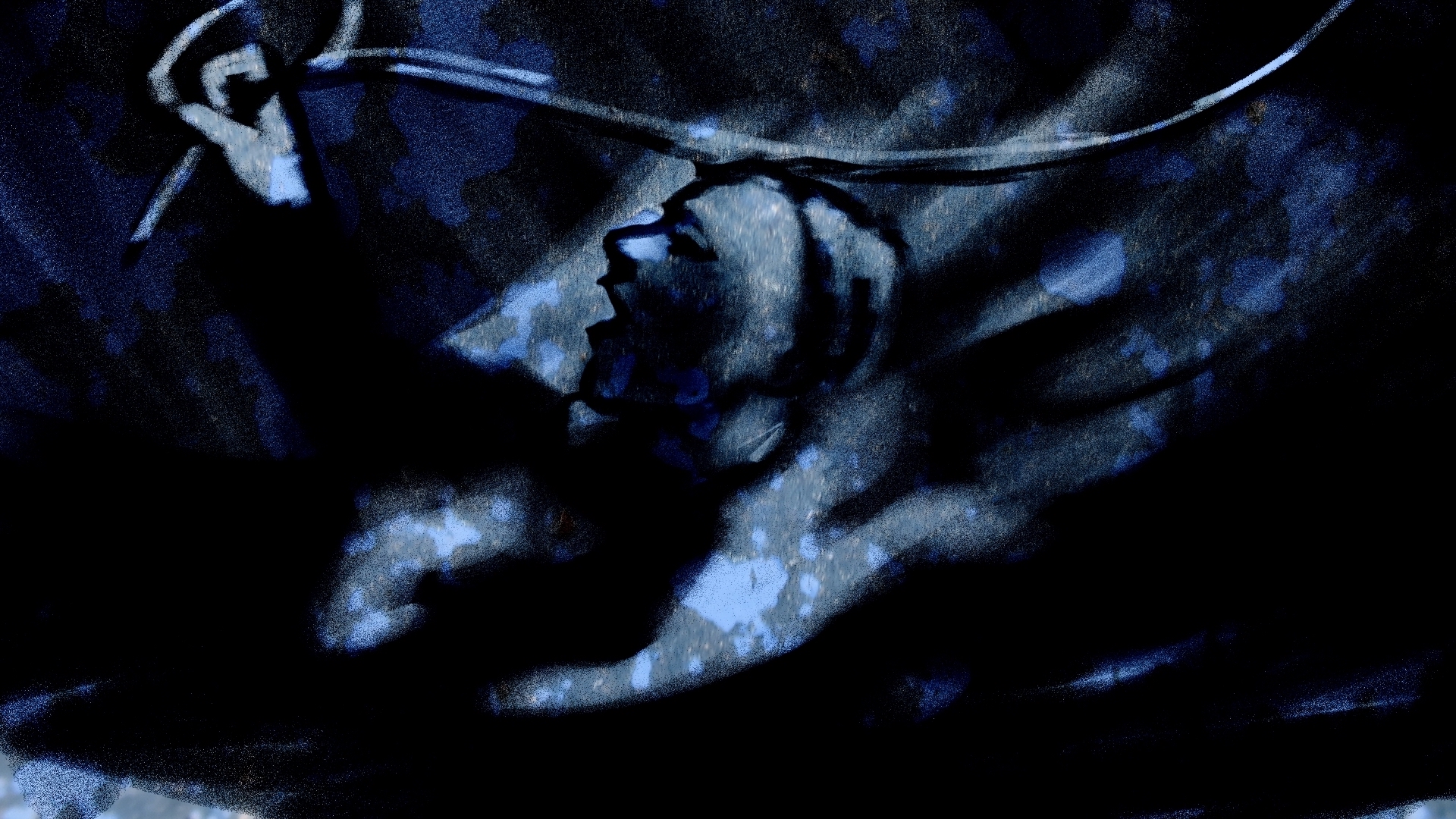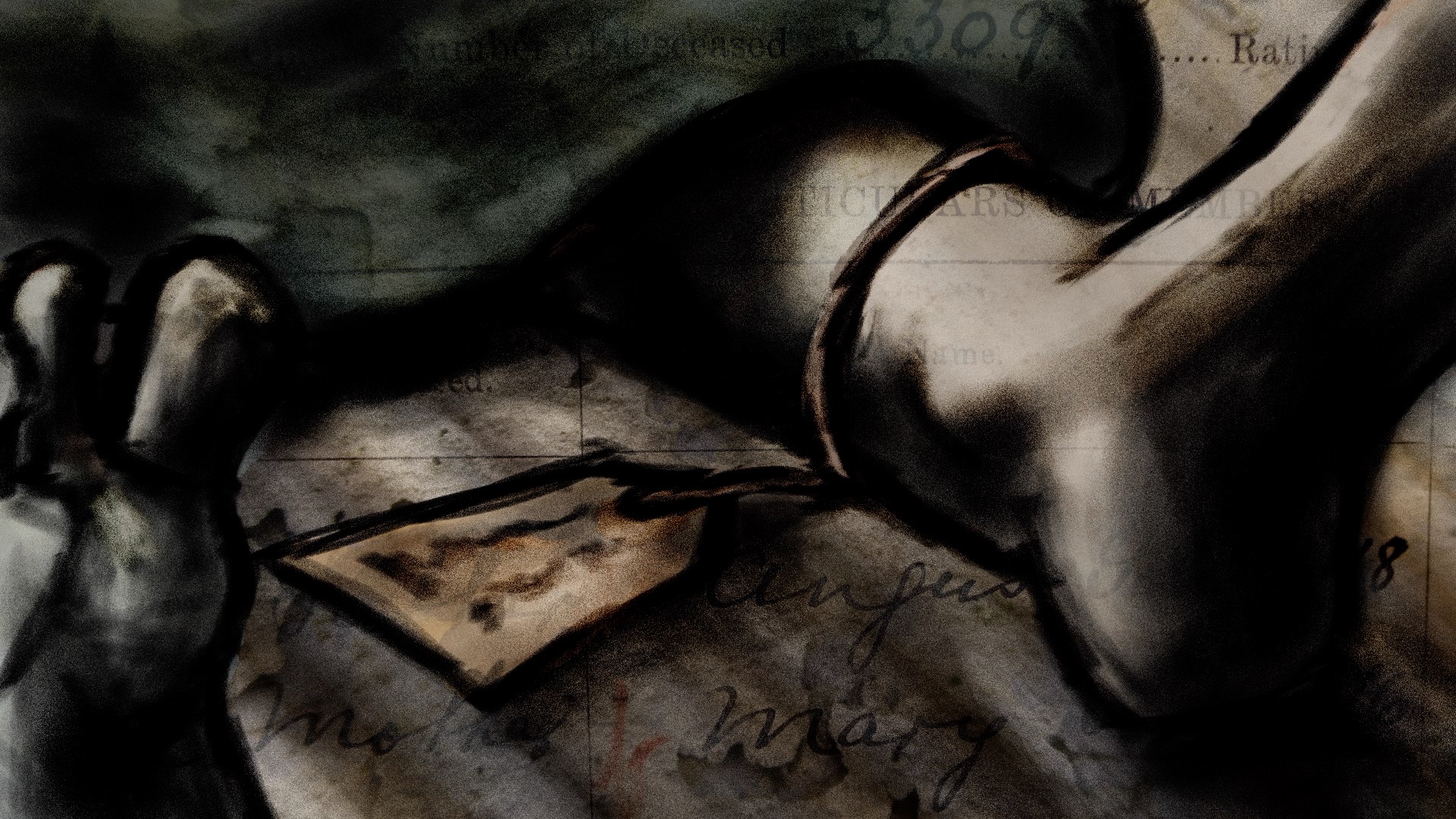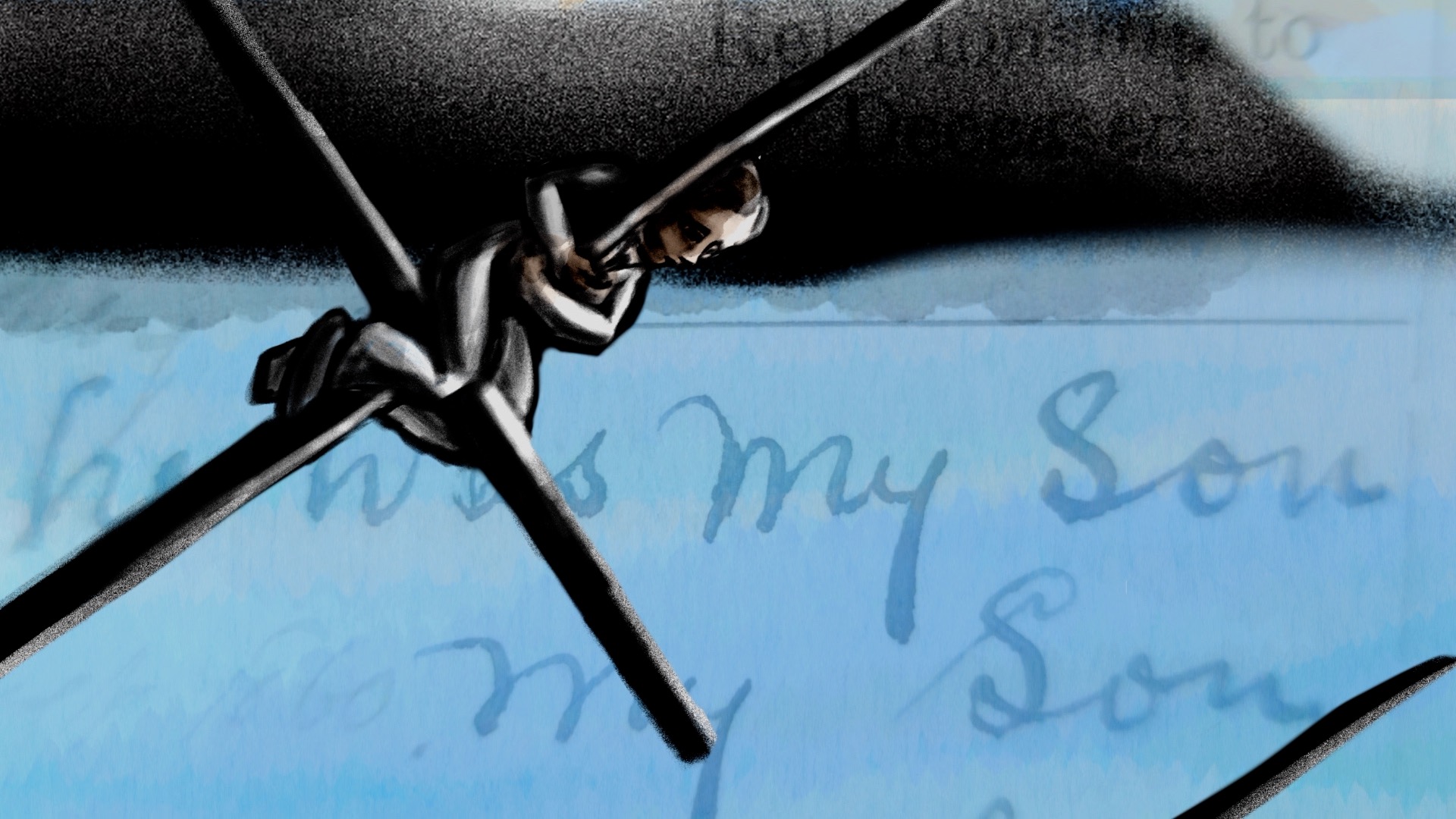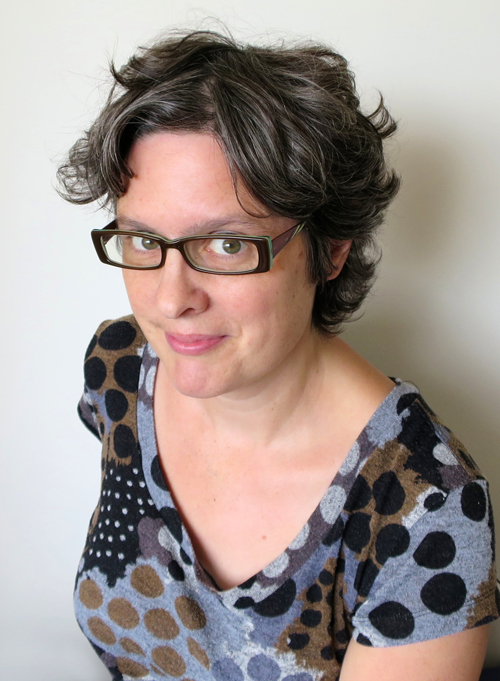This article was published in The National and The Herald on 15 December 2018.
There’s something massively important happening in Lewis and Harris right now. For 100 years, the communities have suffered a choked up, silent grief which left women wearing black and children afraid to sing too freely. A generation ago, many still felt the heaviness of it but didn’t know what it was. Then, one by one, they found out: their grandfathers and great uncles had been lost on the Iolaire, and the subject was so painful it had become taboo.
This New Year’s Day, at 1.55am, it will be 100 years since HMY Iolaire hit the infamous rocks, the Beasts of Holm, on its way in to Stornoway Harbour. The naval yacht was crammed with 280 sailors who had survived the War and most of whom were finally returning to their families in Lewis and Harris. 201 men were drowned and smashed on the rocks that night, their own beaches black with their bodies as dawn broke on 2019.
And here’s the wonderful thing that’s happening: everybody is talking about it. This new generation doesn’t want to be mute. It wants to know its pain, every detail of it. It wants to know the men it lost, see their faces, understand their stories. With the last survivor of the Iolaire Disaster now gone, the last widow and the last child who lost a father, people are finally free to open the wound and give it air.

The creative reaction has been humbling. In every medium you can think of, people have immersed themselves in the story and expressed it with respect and poignancy. There was horror last December when it was suggested that Trump could be packed off to Lewis to join in. This is a subject you stay away from if you can’t do it with deep sensitivity.
That’s why I was nervous about my contribution. Though a Gaelic speaker whose heart is in the Western Isles, I have never lived there. But when MG ALBA were looking for creative responses to broadcast on BBC ALBA, I knew that it was time to dust off my animation skills. They assured me, “you’re the only one who does what you do”.
What I do is start with archive material: Gaelic voices from decades past, who can tell us their story directly (in this case it’s survivors and witnesses of the disaster). Then I work out what will go where and ask a traditional musician to create the score. After that, I start animating: hand-drawing 25 frames for every second, with a graphics tablet, until I have a film which is a moving painting. For five minutes, that’s 7500 drawings.

I started on 1 February, and finally delivered the film ten days ago. I’m not the person I was when I started. Animators act the role of every character they draw, to get the expressions right, the body movements, the pace and feel. Over those ten months I have been drowning sailors, I have been big-eyed children watching the horror unfold, I have been mothers and wives learning the news. And on top of all that, I have been terrified of not getting it finished on time.
What’s more, Highland fiddler Sarah-Jane Summers, who was my first and only thought when choosing a composer for this project, made me a brutally gorgeous musical score. Her music, exploring every sound her instrument can make, is raw, visceral and exquisite all at once. I asked for an iron boat shrieking and shuddering, and I got it. I asked for a final chord which will punch you right in the guts, and I got it. I promise her music will rip you to shreds like it did to me.

I called the film Tha thu air Aigeann m’ Inntinn, which is Gaelic for You are at the Bottom of my Mind. It’s taken from a poem by Iain Crichton Smith about his struggle to haul memories of an old lover from his subconscious mind, comparing it to the green half-light of the ocean floor. I see today’s generation in Lewis and Harris struggling to know the relatives they lost, to make the picture whole so that they can heal.
I’ve done something new to me for this film, layering it with photographic and filmic textures full of significance. I filmed the eerie seaweed-smothered surface of the Beasts of Holm, for example, with an underwater camera from a boat skimming uneasily above. The stony surface of Iolaire gravestones sneaks in unnoticed in many scenes, and the blue crackling paint of the lighthouse keeper’s house at Arnish (we can still only guess why the boat went off course that night) imbues the stormy shipwreck scenes with a rich, dark texture.

But most poignant of all are the details I have included from forms filled in, just weeks after the disaster, by relatives seeking financial aid. They were asked to declare their relationship to the deceased, and these break your heart. “He was my son,” says one, and “He was my Beloved Husband”, another. On one, saying simply, “my Son” you can see where a teardrop has smudged the ink.
Ahead of its first broadcast on Hogmanay (BBC ALBA, 8.20pm), my film will be premièred this Monday evening at An Lanntair in Stornoway. No footage of the disaster exists; this will be the first time people can watch it unfold. I hope they don’t clap. I hope they cry. And then, I hope, they will be another step closer to healing.
_______________________________________________________
 About Catriona
About Catriona
I love to tell stories. My career has covered many bases, but communication has always been at the heart of everything I do. From journalism, politics and PR to art and design; from broadcast animation to published picture books and copy editing, it’s all about making people look and listen, and love what they hear.
Looking for a copywriter to help you tell your story? Get in touch!